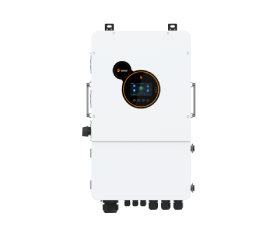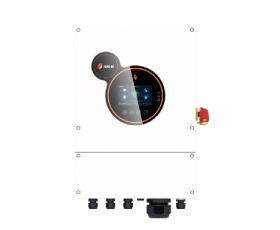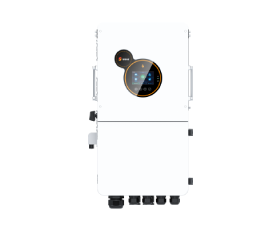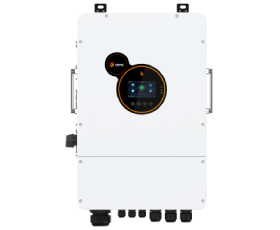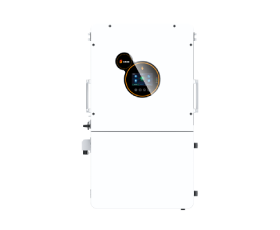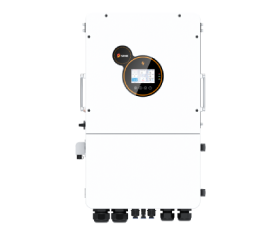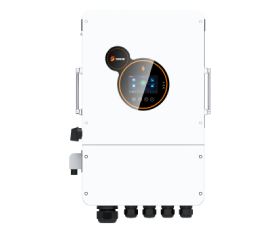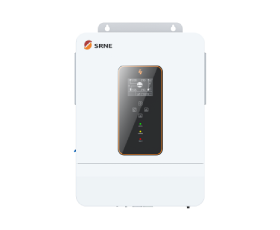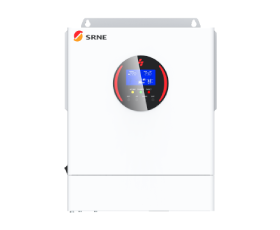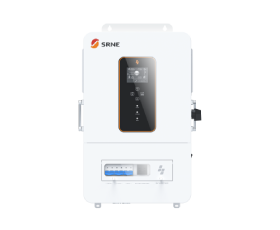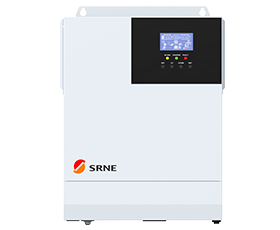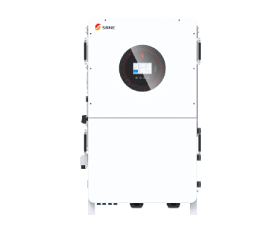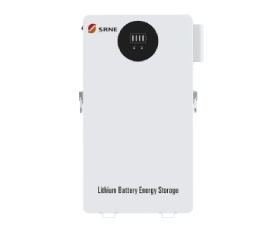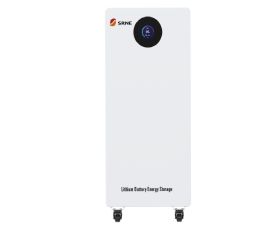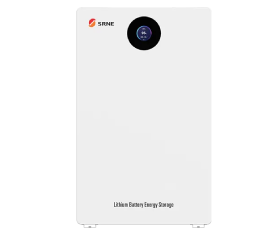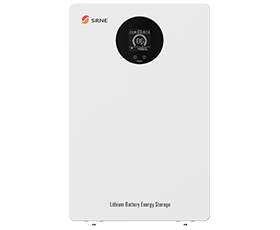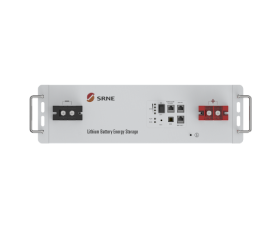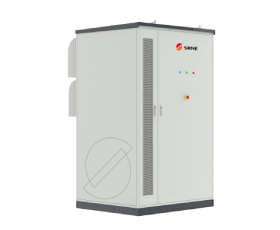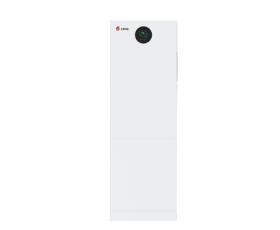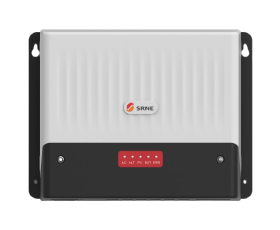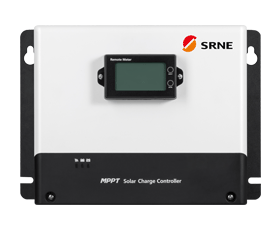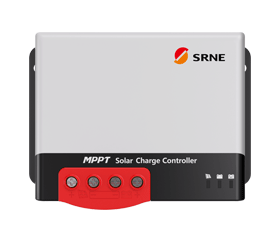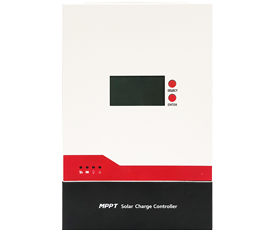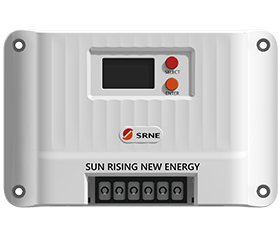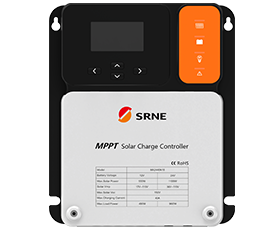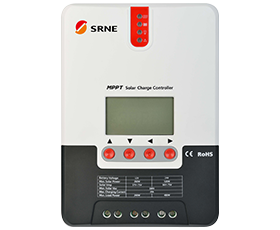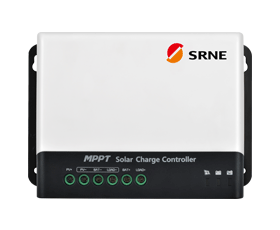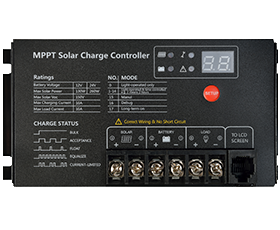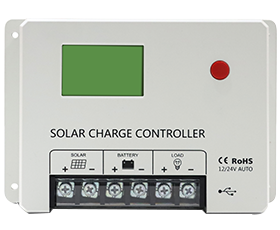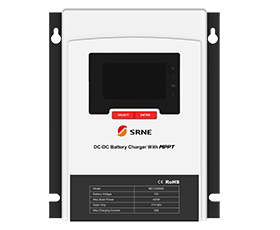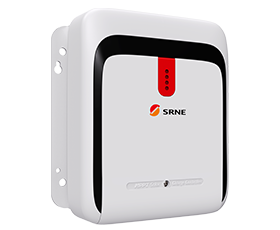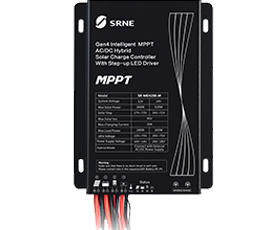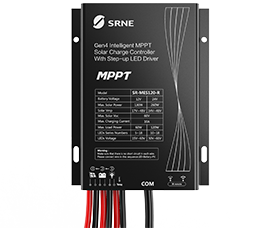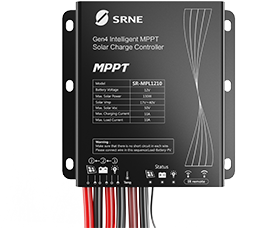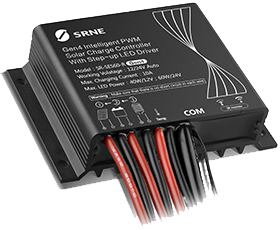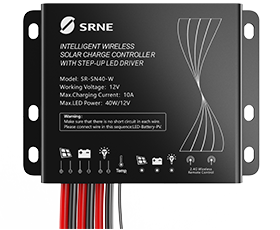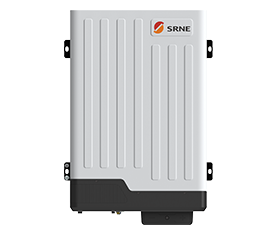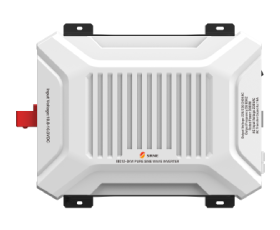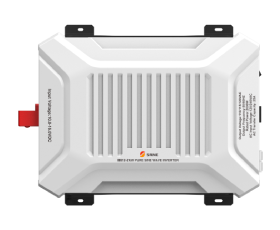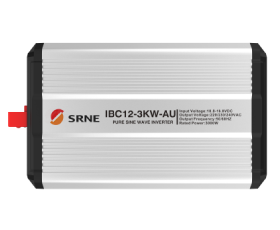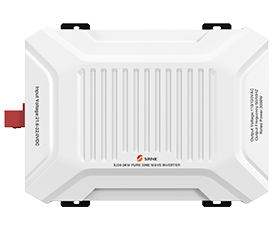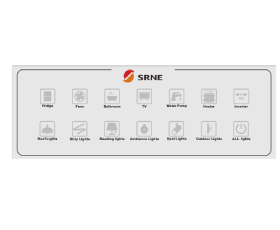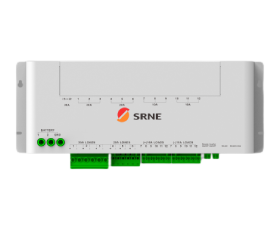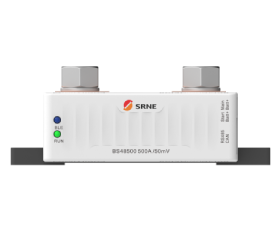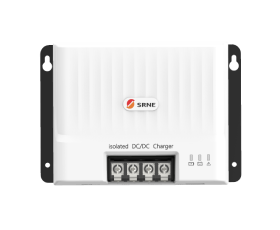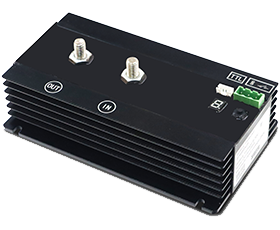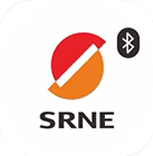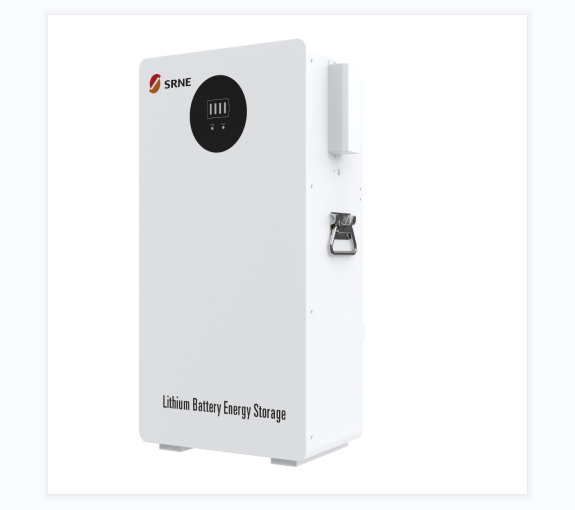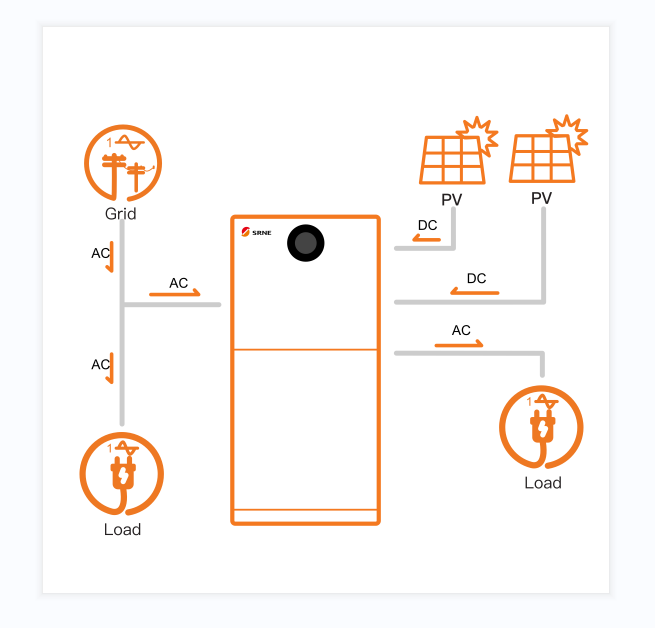2025 Household Energy Storage Trends
This article will delve into the key drivers shaping the market today and highlight the top five trends to watch in 2025, providing industry players and consumers with valuable insights into the transformative changes ahead in household energy storage.
Learn more:
https://www.srnesolar.com/articledetail/home-energy-storage-inverters-seamless-grid-switching.html
1.The Rise of Household Energy Storage
1.1 Global and Regional Growth (2024–2025)
The household energy storage market is experiencing rapid expansion and is projected to exceed USD 15 billion in 2025, with a compound annual growth rate (CAGR) surpassing 20% through 2030. Notably, Europe leads the way in residential battery installations, closely followed by North America and the Asia-Pacific region. In key markets such as Germany, Australia, and California, the integration of battery storage alongside solar systems is increasingly becoming the norm in new residential energy solutions.
Learn more:
1.2 Key Drivers Behind Market Growth
Expanding Rooftop Solar Adoption
As solar panel prices continue to decline and their efficiency improves, a growing number of homeowners are choosing to pair their solar installations with energy storage solutions. This trend enables users to store surplus energy generated during the day for use during the evening or cloudy periods, thereby enhancing energy self-sufficiency and decreasing reliance on the conventional power grid.
Rising Electricity Prices
The sharp increase in electricity costs—driven by supply disruptions, geopolitical tensions, and inflation—has prompted many consumers to take greater control over their energy expenses. By utilizing home energy storage systems, households can charge batteries during off-peak hours when electricity is cheaper, and then draw on stored energy when utility rates peak, effectively reducing their overall energy bills.
Growing Grid Instability
With the rise in severe weather events, aging electrical infrastructure, and spikes in peak demand, power outages have become more frequent and disruptive. Consequently, there is an increased need for dependable backup power. Residential battery systems offer a reliable safety net, ensuring continuous electricity supply and significantly improving household energy resilience.
Strong Policy Support and Incentives
Government initiatives worldwide are playing a critical role in accelerating the adoption of residential energy storage. Incentive programs such as the U.S. Investment Tax Credit (ITC), Germany’s KfW subsidy schemes, and various Australian state-level rebates help reduce upfront investment costs, thereby motivating more homeowners to install battery storage systems.
2.Top Trends to Watch in 2025
2.1 Solar and Energy Storage Integration Becomes the Norm
By 2025, the combination of solar panels and battery storage has shifted from a niche innovation to the default configuration in new residential solar projects. This evolution marks a significant paradigm shift in homeowners’ mindset—energy systems are now seen not just as electricity sources but as comprehensive tools for energy autonomy and resilience. The continuous decline in battery costs, alongside improvements in installation efficiency and seamless system integration, has lowered adoption barriers substantially. As a result, bundled solar-plus-storage solutions deliver quicker returns on investment and equip users with enhanced control over their energy consumption, shielding them from grid volatility and escalating utility expenses.
2.2 Widespread Adoption of Lithium Iron Phosphate (LFP) Batteries
Lithium Iron Phosphate technology is rapidly becoming the cornerstone of residential energy storage, owing to its unique combination of safety, longevity, and cost stability. Unlike conventional lithium-ion batteries that depend heavily on volatile materials like cobalt and nickel, LFP batteries benefit from a more stable and ethically favorable supply chain, reducing exposure to market fluctuations and supply risks. Their superior thermal stability significantly lowers the risk of thermal runaway, which is critical for home safety. Additionally, with cycle lives often exceeding 8,000 charge-discharge cycles, LFP batteries offer durability perfectly suited for daily residential use, ultimately reducing lifecycle costs. Leading manufacturers such as Tesla, BYD, and Sonnen have either introduced or shifted major product lines to LFP chemistry in 2025, indicating a broad industry pivot toward this reliable and sustainable technology.
2.3 AI-Powered Smart Energy Management Systems Become Standard
The integration of advanced AI-driven energy management systems (EMS) represents a major leap forward in optimizing residential energy storage. These intelligent platforms synthesize data from solar production forecasts, household consumption patterns, and real-time utility pricing to dynamically adjust charging and discharging behaviors. This enables users to maximize savings and energy efficiency without manual intervention. Furthermore, user-friendly mobile applications provide real-time monitoring and control, while voice assistant compatibility enhances convenience and accessibility. Beyond personal benefits, these EMS platforms facilitate participation in demand response programs, allowing homeowners to contribute to grid stability and earn additional financial incentives.
2.4 Virtual Power Plants (VPPs) Transform Residential Storage Economics
Virtual power plants are redefining the economic role of home energy storage by aggregating distributed batteries to act as a unified resource for grid operators. This aggregation enables utilities to tap into flexible, decentralized capacity to balance supply and demand during peak periods or grid disturbances. Homeowners participating in VPPs can monetize their stored energy by exporting excess power, providing grid-balancing services such as frequency regulation, or responding to demand response events. This shift is gaining significant traction in deregulated energy markets like the U.S., Australia, and Germany, effectively converting residential batteries from passive energy reserves into active revenue-generating assets. As regulatory and market frameworks continue to mature, participation in VPPs is poised to become more accessible and financially rewarding for residential consumers.
2.5 Shift Toward Flexible, Modular, and Aesthetically Refined Battery Designs
The design of home energy storage systems in 2025 reflects a growing emphasis on user experience and visual integration. Gone are the days of bulky, utilitarian battery units; modern systems are now sleek, compact, and designed to blend seamlessly into various residential environments, from living rooms to garages. Modularity stands out as a key feature, allowing users to scale their storage capacity incrementally in response to evolving energy needs or budget constraints. Additionally, plug-and-play architectures simplify installation processes, reducing both time and cost, and opening the door for do-it-yourself deployment in some cases. This evolution in design philosophy not only improves accessibility but also broadens appeal, helping clean energy technologies move beyond early adopters into mainstream residential markets.
Learn more:
https://www.srnesolar.com/articledetail/types-of-home-battery-energy-storage-systems-explained.html
https://www.srnesolar.com/articledetail/environmental-benefits-of-home-battery-storage.html
Conclusion
Looking ahead to 2025, the household energy storage sector stands at a pivotal moment of transformation. The deeper integration of solar and storage systems, widespread adoption of Lithium Iron Phosphate batteries, the rise of AI-powered smart energy management, and the emergence of virtual power plants are not only enhancing user energy experiences but also injecting new flexibility and resilience into the grid.




















